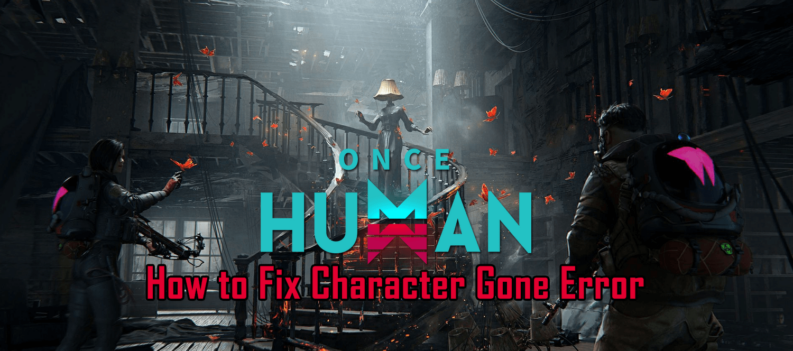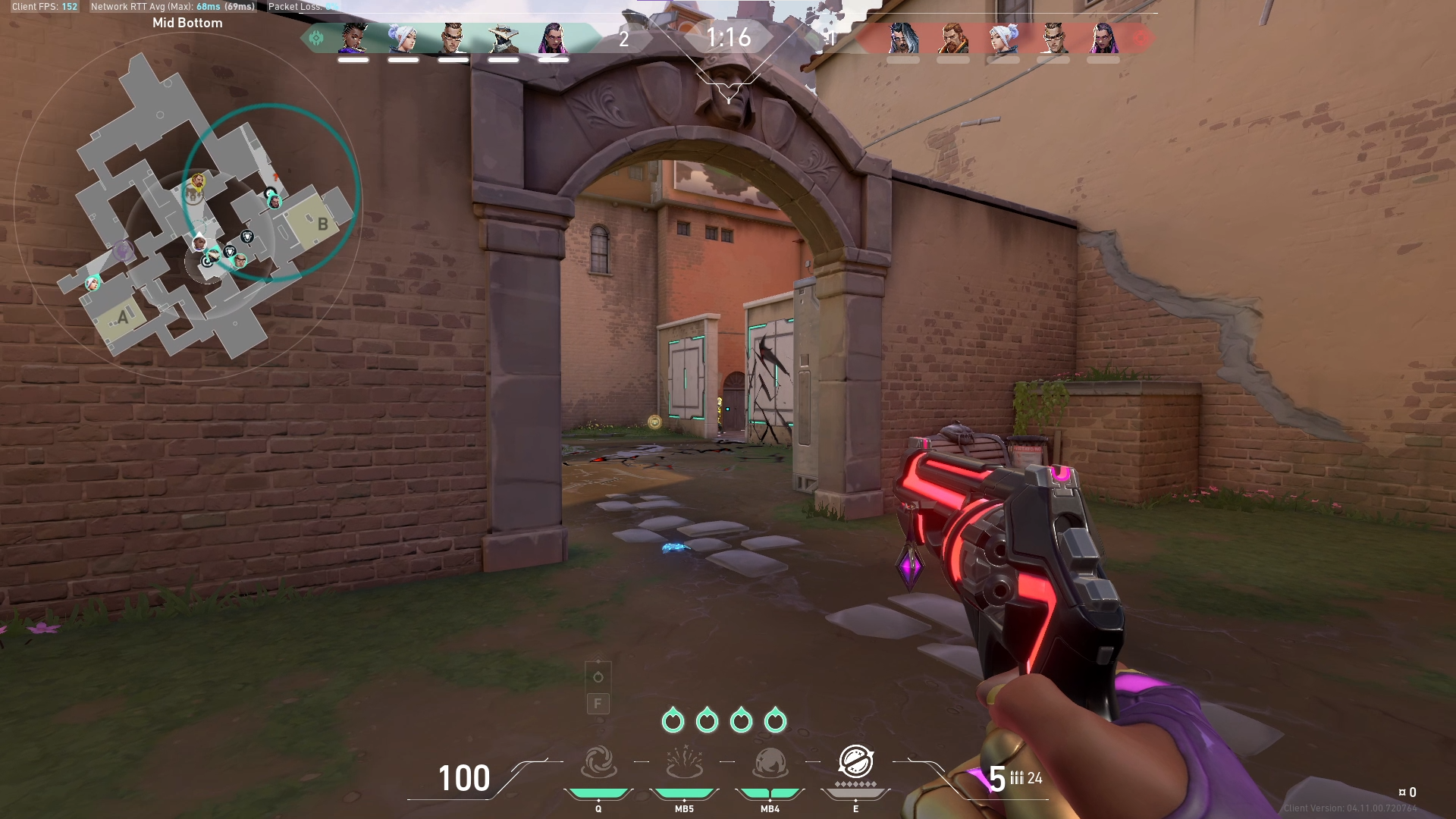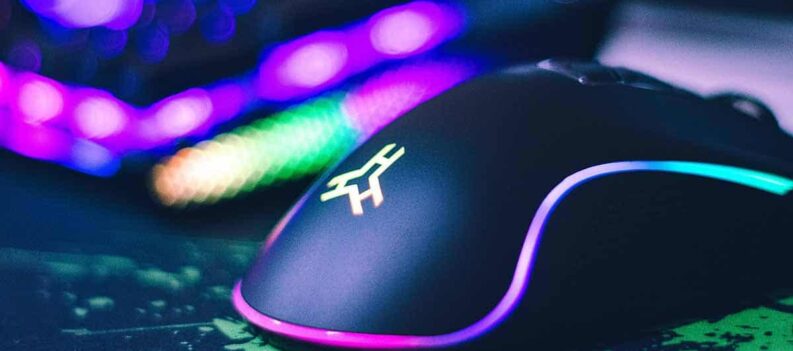If you’re experiencing TV or monitor no signal issues when you plug them to your PC via HDMI ports, there’s no need to worry. If you have no signal on the TV, you don’t necessarily have to put it in the dustbin. You might not even need to make a claim on your TV cover plan (if you have one), and the television might itself be working completely perfectly. You’re not alone in this situation as many users have reported this problem. You can easily fix this issue it with one of the steps in this article.
Just check out the solutions in this article and you can sit back down in front of your favorite TV and enjoy your games or TV shows before you know it!
The no signal message usually means that the TV or monitor isn’t getting any input from the currently selected source. There are couple solutions to try to fix the problem with no signal.
You may not have to try them all, just work your way down the list until you find the one that works for you.
- Change the Input source
- Update the chipset drivers and graphics drivers
- Try unplugging then plugging the power cable of the TV or monitor
- Disconnect all HDMI sources then reconnect them one at a time
- Reception problems
- Setting problems
- Try a factory reset on the TV/monitor
Solution 1: Switch the Input source
Press the input or source button on your remote to change the input source to the HDMI port. If you have more than one HDMI port, make sure to select the right HDMI port.
Is the TV set on the correct input?
Scart 1, Scart 2, PC / VGA, HDMI 1, AV 1… the list of inputs on modern televisions is almost endless, and some may even be completely superfluous to your requirements. Simply keep switching through your inputs using your remote control or by pressing buttons on the television set, until you reach the correct one.
Solution 2: Update the chipset drivers and graphics drivers
The problem can be caused because of the faulty chipset drivers and graphics drivers. You should try to update the drivers and see if the problem still appears. If you don’t have the computer skills to update drivers manually, you can do it automatically with Driver Easy.
Driver Easy will automatically scan your system and find the right drivers for it. You don’t have to know exactly what system your computer is using and you don’t need to risk downloading and installing the wrong driver. Lastly you don’t need to worry about making a mistake when installing.
You can update your drivers automatically with either the FREE plan or the Pro version of Driver Easy. With the Pro version it takes just 2 clicks (and you get full support and a 30-day money back guarantee):
1) Download and install Driver Easy.
2) Run Driver Easy and click the Scan Now button. Driver Easy will then scan your computer and detect any problem drivers.
3) Click the Update button next to a flagged driver (the chipset driver or graphics driver) to automatically download the correct version of this driver, then you can manually install it (you can do this with the FREE version).
Or click Update All to automatically download and install the correct version of all the drivers that are missing or out of date on your system (this requires the Pro version – you’ll be prompted to upgrade when you click Update All).
Solution 3: Try unplugging then plugging the power cable of the TV or monitor
Try unplugging the power cable of the TV or monitor for a few seconds then plug it back in. This may work like a charm for you.
Solution 4: Disconnect all HDMI sources then reconnect them one at a time
If you have more than one HDMI sources connected, this solution could work for you, but if you have only one HDMI source connected, skip this solution.
Follow these steps:
1) Unplug all TV/monitor devices from the HDMI ports .
2) Unplug the power cable from the TV or monitor for about 10 minutes.
3) Plug the power cable back in the TV or monitor.
4) Plug one device to one HDMI port of your PC.
5) Turn on the device.
6) Repeat steps 4-5 for each device and HDMI port.
Solution 5: Reception problems
Usually a ‘no signal’ message means that there are issues with reception. The television is not receiving good reception from the antenna or from the cables. If one television set in your home works but another does not, then you may have a problem with faulty TV. Otherwise, the reason why you’re seeing ‘no signal’ will almost certainly relate to signal reception.
To check for reception problems, consider the following:
- Is the satellite dish or UHF aerial positioned correctly?
Someone may have nudged your satellite dish or TV aerial, it may have been blown in strong winds, or fallen branches/other debris may have been knocked into it.
Re-positioning a satellite dish or TV aerial can be a challenge, and can be dangerous. Too many people have hurt themselves or even lost their lives in the pursuit of better TV reception. If you think you need to adjust your aerial or satellite dish, we recommend that you contact the company that supplies your TV package to seek their professional advice.
- Has the antenna or the cable corroded?
Rain and humidity can damage outdoor aerials, while commonplace wear-and-tear can cause damage to indoor cables. Check that the cables and aerials look clean and rust-free and that cables are firmly secured to your television set.
- Is the channel airing?
You might get no signal on the TV when a TV channel has gone off-air. Just change the channel to see if this is the case!
Solution 6: Setting problems
Maybe your will need to reset your TV box in order to solve the issue.
To reset your TV set and all related equipment fully, follow these steps:
- Turn everything off at the wall.
- Check that all cables are securely and firmly in place.
- Wait for 60 seconds.
- Plug your TV box (not the television set) in and turn it on.
- Wait another 60 seconds, or until the lights on the TV box have stopped flashing.
- Plug everything else back in and turn it all back on.
Solution 7: Try a factory reset on the TV/monitor
The final solution you can try is perform a factory reset on the TV/monitor.
Hope the solutions help you fix the HDMI no signal issue.
Not fixed?
If you’ve still not had any success and you still have no signal on the TV, then just get in touch with us!
Please leave us a message in a comment section and describe the problem that you are experiencing. We will do our best to find the right solution for you!















